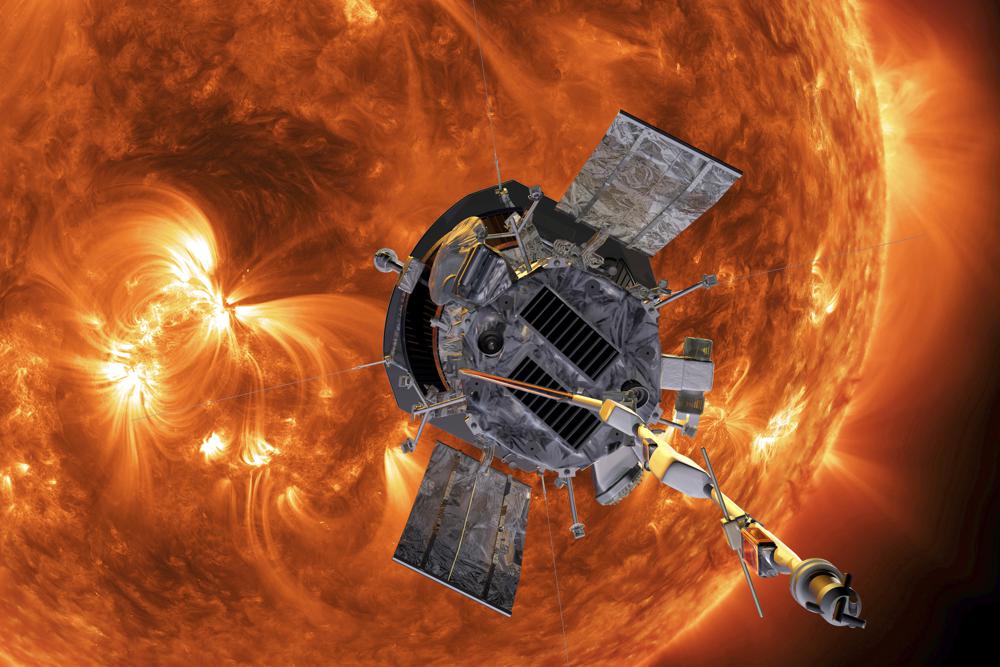
NASA announced that the solar probe had become the first to fly through the Sun's upper atmosphere. It passed within 15 solar radii in April, which is around 6.5 million miles from the Sun's surface. "Parker Solar Probe 'touching the Sun' is a monumental moment for solar science and a truly remarkable feat," said NASA associate administrator Thomas Zurbuchen.
The Sun has a corona that is bound to it by gravity and magnetic fields. Materials can escape the forces of the sun and become part of the solar wind at a certain limit.
The corona is between 10 to 20 solar radii from the Sun's surface, according to scientists. The corona needs specific magnetic and particle conditions to be found at a distance of around 8.1 million miles. It passed in and out of the boundary several times to prove that the critical surface is not a smooth ball.
During solar eclipses, pseudostreamers, or massive structures rising above the Sun's surface, can be seen. NASA said that flying through the objects was like flying into the eye of the storm because of the quieter conditions.
It made observations that may help scientists figure out where the solar wind forms. Scientists were able to trace the switchbacks back to the visible surface after it detected them as it passed closer to the sun. They found that some types of "fast" switchbacks form in the magnetic funnels created between the cells on the sun's surface.
The probe is traveling at the greatest speed of any object ever, currently around 430,000 MPH, and has made the closest-ever pass by the sun. Scientists will try to understand how solar phenomena form when the next close pass is in January of 2022. NASA wrote that the corona will be critical for understanding and forecasting extreme space weather events that can disrupt telecommunications and damage satellites around Earth.